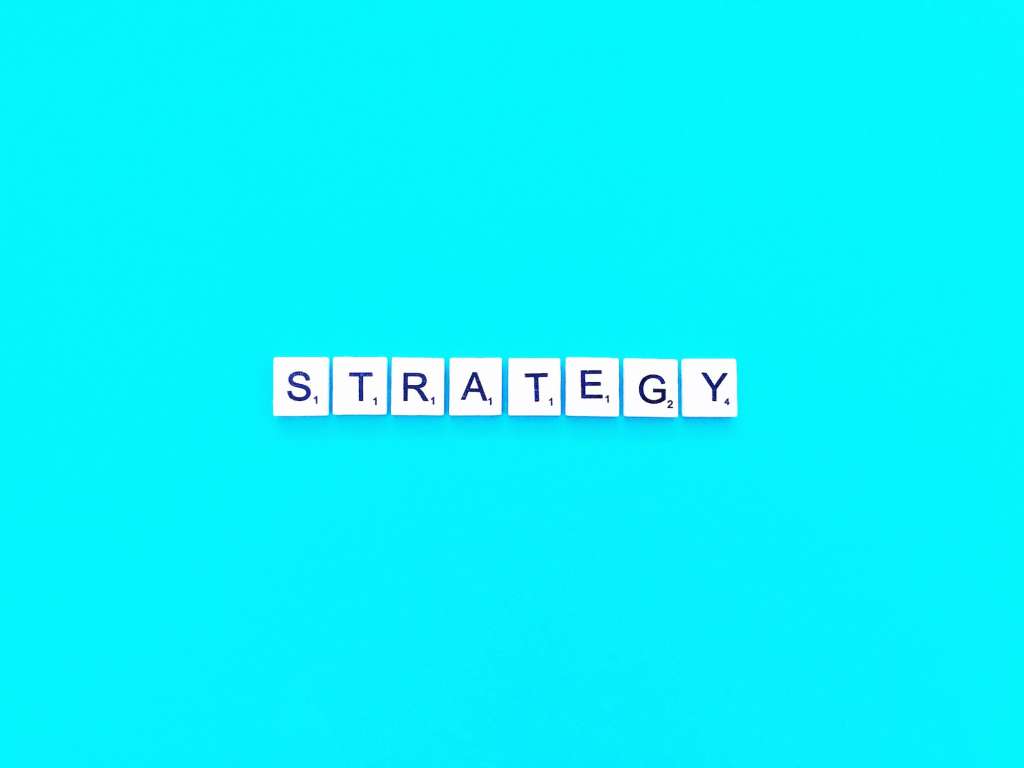Monitoring workforce productivity is key to running a successful business. But how exactly do you measure employees’ productivity? It’s an important question, especially if you want to increase productivity and overall output.

How SwagMagic can help your brand?
- Bulk Buy & Save on your gifts!
- Curate Customized Swag Boxes!
- Launch Your Store for your employees!
- Secure Swag Storage with us!
In short, productivity means getting more done with the same number of employees. Companies calculate and measure their people’s productivity in several common ways, some of which are better than others.
Let’s review the most popular techniques for quantifying how much your team is getting done, comparing performance over time, and even benchmarking against industry standards. The goal is to find the right productivity metrics to match your business needs.
With the right approach, you can motivate your team while ensuring your organization thrives. Measuring employee productivity is crucial and it may sound tricky, but it doesn’t have to be with the proper framework.

Table of contents
- Key Metrics or Ways to Measure Productivity of Employees
- Tools and Software to Track and Calculate Productivity
- Strategies to Enhance and Improve Productivity in the Workplace
- Best Practices for Implementing an Employee Productivity Measurement System
- Why Measuring Employee Productivity Matters
- Boost Employee’s Work Productivity with SwagMagic
- Frequently Asked Questions About Productivity Measures
Key Metrics or Ways to Measure Productivity of Employees
Focusing solely on output can sometimes be misleading. It’s possible for an employee to produce large quantities of work that might not meet the required standards. So, always factor in the quality of work when measuring productivity.
Quantitative Metrics
Curate the perfect box of handpicked gift they’ll love and send joy their way
- Output Volume: Measure the quantity of work an employee delivers within a specific timeframe. This could include completed tasks, projects, or units manufactured.
- Time Tracking: Monitor the time employees spend on different tasks. This helps identify time-wasting activities and provides insights into optimizing workflow.
- Utilization Rate: Calculate the percentage of time an employee spends on productive tasks compared to total working hours. It highlights efficiency and time management skills.
- Revenue per Employee: Assess an employee’s contribution to revenue generation. This metric is particularly relevant for sales and customer-facing roles.
- Absenteeism Rate: Measures the frequency and duration of employee absences.
- Sales Conversion Rate: For sales roles, it measures the percentage of leads converted into actual sales.
- Turnaround Time: Measures the time it takes for an employee to complete a task from start to finish.
- Project Adherence: Tracks how well an employee meets project deadlines and stays within budget.
Qualitative Metrics
- Quality of Work: Evaluate the quality of an employee’s output. This could involve peer reviews, customer feedback, and error rates.
- Innovation and Creativity: Measure employees’ ability to generate innovative ideas, contribute to problem-solving, and suggest process improvements.
- Collaboration and Communication: Assess how well an employee collaborates, communicates ideas, and contributes to team dynamics.
- Customer Satisfaction Scores (CSAT): Reflects customer perceptions of the quality of service or product provided by an employee.
- Employee Engagement: Indicates how motivated and committed employees are to their work, often measured through surveys.
- Peer Feedback: Collects feedback from colleagues and team members about an employee’s performance, collaboration, and productivity.
Measuring Productivity Based on Key Performance Indicators
Key performance indicators (KPIs) are metrics used to evaluate factors crucial to an organization’s success. Some common KPIs used for measuring productivity include:
- Revenue per employee – Measures how much revenue is generated for every employee. A higher number indicates greater productivity per employee.
- Output per hour – Tracks the goods, services, or other outputs generated per hour worked. An increase over time shows rising productivity.
- Capacity utilization compares actual outputs to the maximum possible outputs. A higher percentage signals that products/services are being delivered efficiently.
- Cost per unit of output – Divides total expenses by units produced. A lower number suggests greater productivity and efficiency.
- Automation metrics – Measure utilization of automation tools and impact on productivity. This includes stats like automated tasks and time savings.
Monitoring productivity KPIs helps businesses identify opportunities, set targets, allocate resources effectively, and determine where workflow improvements may boost results. The specific indicators depend on the company’s operations and strategic goals.

Tools and Software to Track and Calculate Productivity
Time Tracking Software
Time-tracking software like Toggl, Harvest, and Clockify can help employees monitor their work hours and tasks. This data can provide insights into time allocation and aid in better time management.
Project Management Tools
Platforms like Asana, Trello, and Monday assist in task management and project tracking. They provide visibility into project progress, task assignments, and deadlines.
Communication Platforms
Communication tools like Slack, Microsoft Teams, and Zoom facilitate efficient collaboration. They help teams stay connected, share updates, and resolve queries promptly.

The Productivity Formula is: Productivity = Output / Input
Where:
Output = The goods or services produced by a company, team, or individual over a period of time. Standard output metrics include:
- Number of units produced
- Revenue generated
- Number of customers served
Input = The resources used to produce the outputs over the same period of time. Standard input metrics include:
- Hours worked (labour input)
- Capital, equipment, raw materials used (capital input)
- Energy consumed
So, to calculate productivity, you divide the outputs created by the inputs used.
For example, if a worker produces 200 widgets in 40 hours of work a week, The simple productivity calculation would be:
Productivity = Output / Input = 200 widgets / 40 hours = 5 widgets per hour
This primary productivity ratio shows the efficiency between 0 and 1 or as a whole number, with a higher number indicating greater productivity. The formula can be modified with more inputs and outputs to suit the measured process.
Strategies to Enhance and Improve Productivity in the Workplace
Goal Setting and Clear Expectations
Establish clear and achievable goals for employees. Well-defined expectations encourage employees to stay focused and motivated.
Define Clear Objectives
To measure anything, you must first know what you’re measuring against. Clearly defined objectives make this possible. Be it sales targets, customer satisfaction scores, or project completion timelines – knowing what’s expected is the first step.
Providing Regular Feedback and Recognition
Regular feedback and recognition acknowledge employees’ efforts and provide them with a sense of purpose. Constructive feedback helps them understand areas for improvement, while recognition boosts morale.
Training and Skill Development
Invest in employee training and skill development programs. Enhancing their skills boosts their confidence and equips them to handle tasks more efficiently.
Work-Life Balance Initiatives
Encourage a healthy work-life balance through flexible work arrangements and wellness programs. Employees who feel balanced and supported are more likely to be productive and engaged.
Best Practices for Implementing an Employee Productivity Measurement System
- Involve Employees: Include employees in designing and implementing productivity measurement strategies. Their insights can offer a more accurate representation of their work processes.
- Provide Training: Educate employees about the purpose and benefits of productivity measurement. Address any concerns they might have and ensure transparency.
- Continuous Improvement: Regularly assess and refine your productivity measurement system. Adapt to changes in the work environment and employee feedback.
Measuring employee productivity isn’t just about numbers. It’s about understanding, empathizing, and continually striving for improvement. Remember to balance hard metrics with soft insights as you implement these methods. A holistic view of productivity considers both the tangible output and the intangible factors that influence it.

Why Measuring Employee Productivity Matters
Measuring employee productivity is essential for several reasons. It allows organizations to:
- Identify High-Performers: Businesses recognize top-performing employees and acknowledge their contributions by quantifying productivity. This recognition fosters motivation and job satisfaction.
- Optimize Resource Allocation: Understanding how employees utilize their time and skills helps allocate resources effectively. It aids in redistributing tasks, preventing bottlenecks, and streamlining processes.
- Set Realistic Goals: Data-driven insights enable managers to set achievable goals for individuals and teams. This promotes a sense of accomplishment and aligns efforts with organizational objectives.
- Enhance Decision-Making: Accurate productivity data supports strategic decision-making. Leaders can identify areas needing improvement and implement targeted solutions.
Boost Employee’s Work Productivity with SwagMagic
Enhancing employee productivity involves more than just tracking the number of tasks completed or time spent on projects. To truly improve productivity, balancing efficiency with individual growth and engagement is essential. Implementing productivity software can help you measure overall productivity by providing insights into key metrics such as presenteeism, time spent on tasks, and the effectiveness of workflow processes.
A crucial part of this strategy is recognizing and rewarding employees. SwagMagic offers an innovative approach to employee gifting that goes beyond standard rewards. SwagMagic helps create a sense of belonging and motivation among employees by providing personalized gift boxes and hobby-centric merchandise tailored to individual interests. These thoughtful gestures make employees feel valued, encouraging them to invest more in their work and improve their productivity.
The impact of SwagMagic’s offerings extends beyond physical gifts. Their virtual team-building activities foster camaraderie among remote employees, bridging geographical gaps and nurturing connections. Regularly scheduled “Swag Days,” where teams can bond over unboxing experiences, celebrate wins and discuss challenges, further enhancing engagement.
By integrating SwagMagic’s unique gifting solutions with your overall productivity measurement efforts, you can create a work environment where employees feel recognized and motivated. This combination of meaningful rewards and strategic engagement improves productivity, profitability, and a positive workplace culture. Book a demo with us today to learn more!
Frequently Asked Questions About Productivity Measures
What is the role of employee well-being in productivity measurement?
Employee well-being significantly impacts productivity. Organizations should promote mental and physical health and create a positive work environment.
What are the challenges in measuring employee productivity?
Several challenges can arise when measuring employee productivity, such as subjectivity in qualitative metrics, privacy concerns with tracking tools, and potential employee resistance.
How can customer satisfaction metrics provide insights into employee productivity in the service industry?
Customer satisfaction metrics offer insights into service employee productivity. Tracking surveys, feedback, service KPIs over time, and complaints can surface productivity opportunities. When customer experience reflects staff responsiveness, knowledge, and efficiency – productivity is likely higher.

Leave a Comment